NASA clocks asteroid heading for Earth at a fiery 30336 kmph
An alert has been issued against this asteroid by NASA which is set to pass Earth at a close distance today.
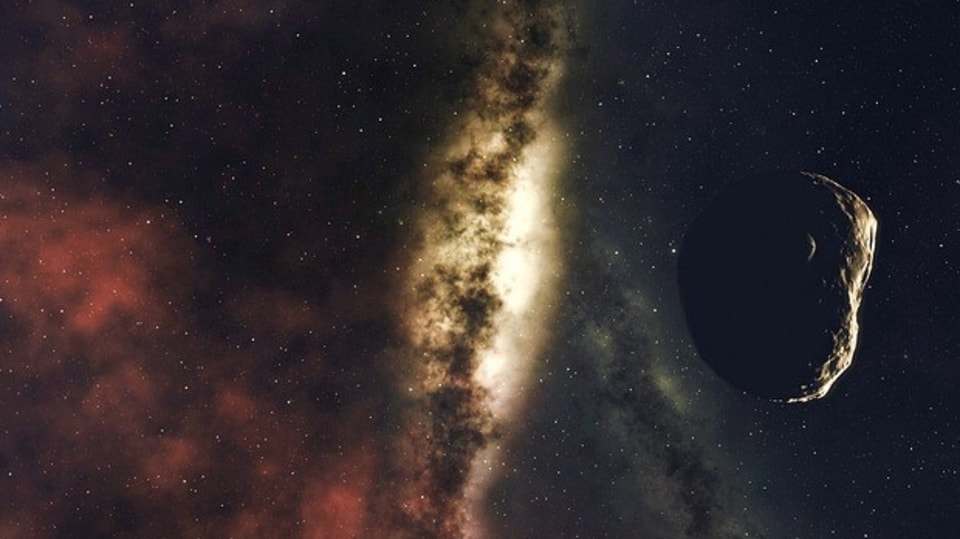
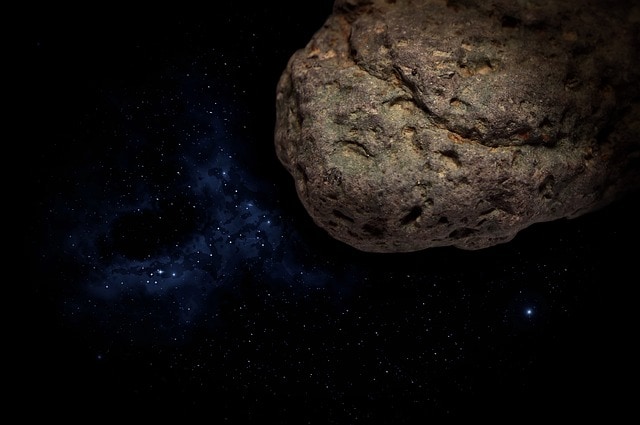
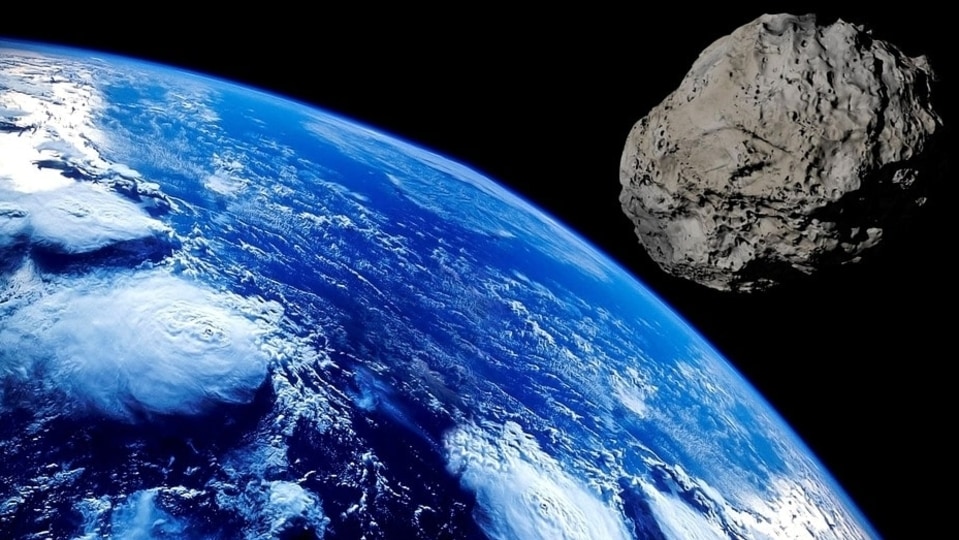
_1639115875543_1639115887157.jpg)
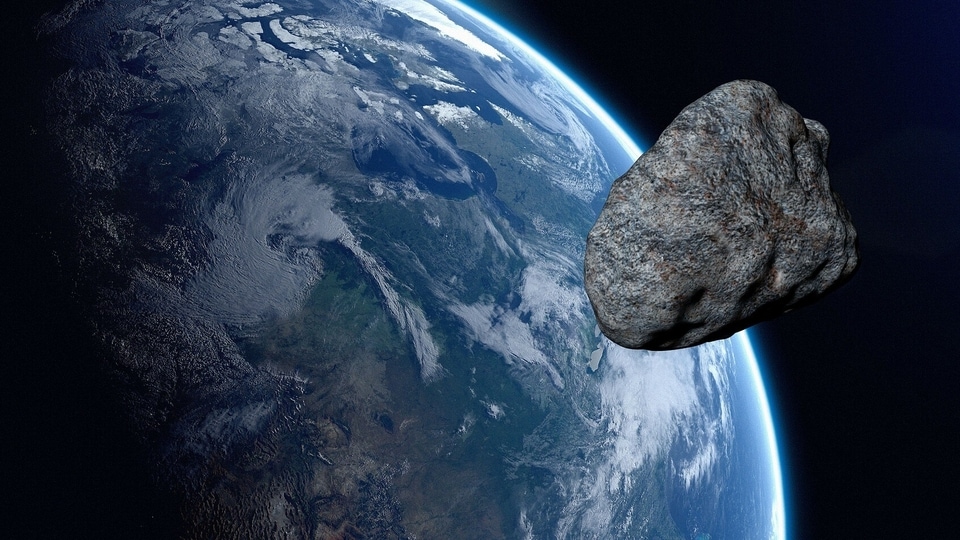
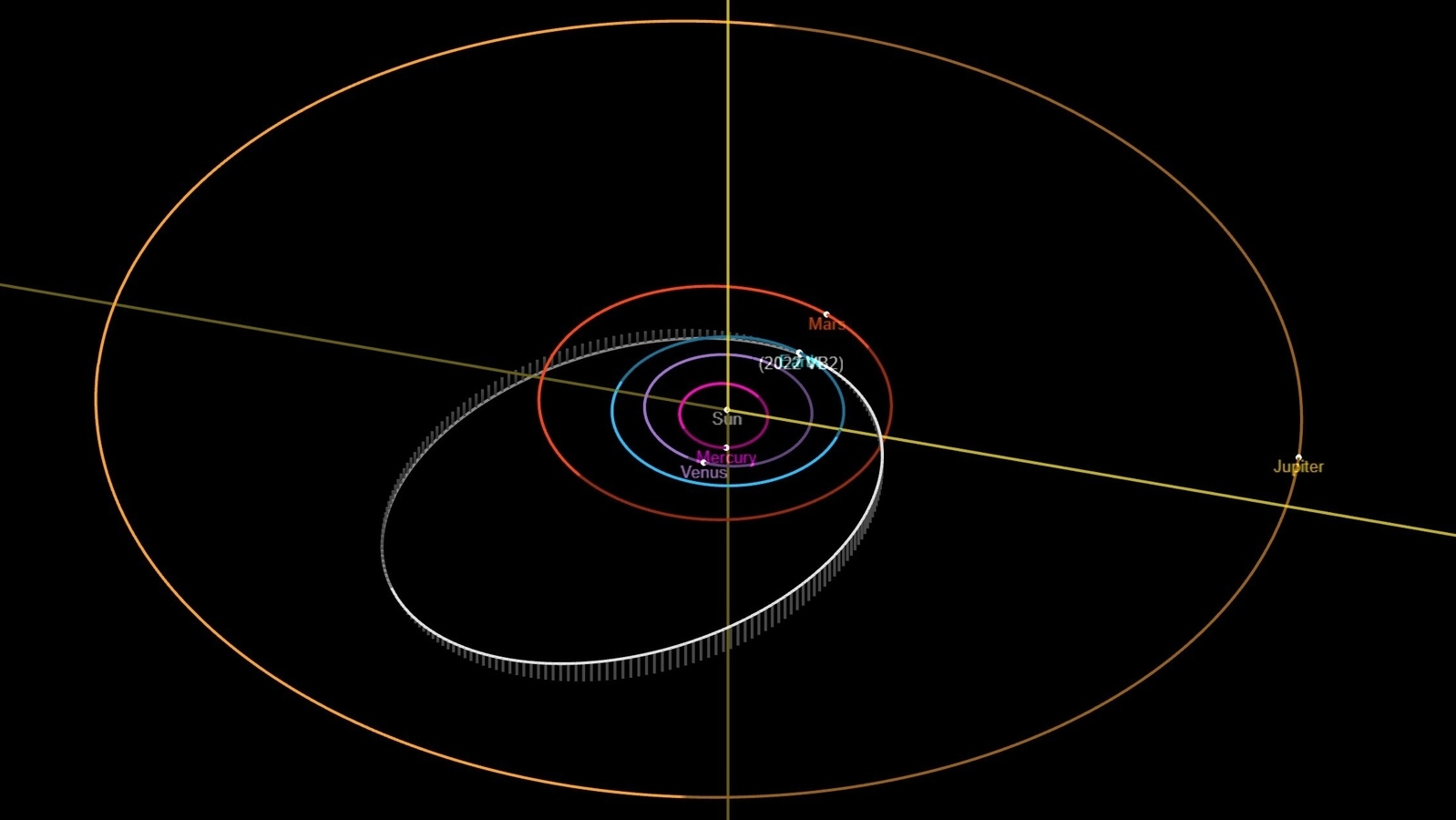
 View all Images
View all ImagesAlthough Earth now has a planetary defense system against potentially world-ending asteroids, courtesy of NASA's DART Test, this does not mean asteroids will never strike the planet again. In fact, asteroids have crashed into Earth many times in the past and this can happen again. While most of them miss Earth, the danger remains and that is where it becomes important for space agencies like NASA to track each and every flying object that is big enough to worry humanity. That responsibility falls to NASA's Planetary Defense Coordination Office which keeps an eye on Near-Earth Objects (NEOs) and alerts if there are any signs of a potential hazardous object.
Now, it has warned that a huge asteroid is headed for Earth today.
Asteroid 2022 VB2 key details
NASA's Planetary Defense Coordination Office has issued an alert against an asteroid named Asteroid 2022 VB2. This 100 feet wide asteroid is expected to fly past Earth closely today, November 29, at a distance of 3.3 million kilometers. The asteroid is already on its way towards Earth, travelling at a staggering speed of 30336 kilometers per hour. Although this asteroid is not expected to impact Earth any time soon, a slight deviation in its path due to interaction with the planet's gravitational field could change its trajectory.
It belongs to the Apollo group of asteroids, which are a group of Near-Earth asteroids named after the humongous 1862 Apollo asteroid, discovered by German astronomer Karl Reinmuth in the 1930s.
Did you know?
NASA has now revealed that an asteroid struck the Earth just days ago! This asteroid was missed by all of the Near-Earth Object (NEO) monitoring telescopes and was discovered just hours before impact. The asteroid was first spotted by NASA's Catalina Sky Survey and the observations were then reported to the Minor Planet Center. NASA's Scout impact hazard assessment system calculated the asteroid's trajectory and possible impact sites by analyzing the data.
According to NASA, the asteroid is likely to have burned up upon entering the planet's atmosphere and scattered small meteorites over the southern coastline of Lake Ontario.
Catch all the Latest Tech News, Mobile News, Laptop News, Gaming news, Wearables News , How To News, also keep up with us on Whatsapp channel,Twitter, Facebook, Google News, and Instagram. For our latest videos, subscribe to our YouTube channel.





























